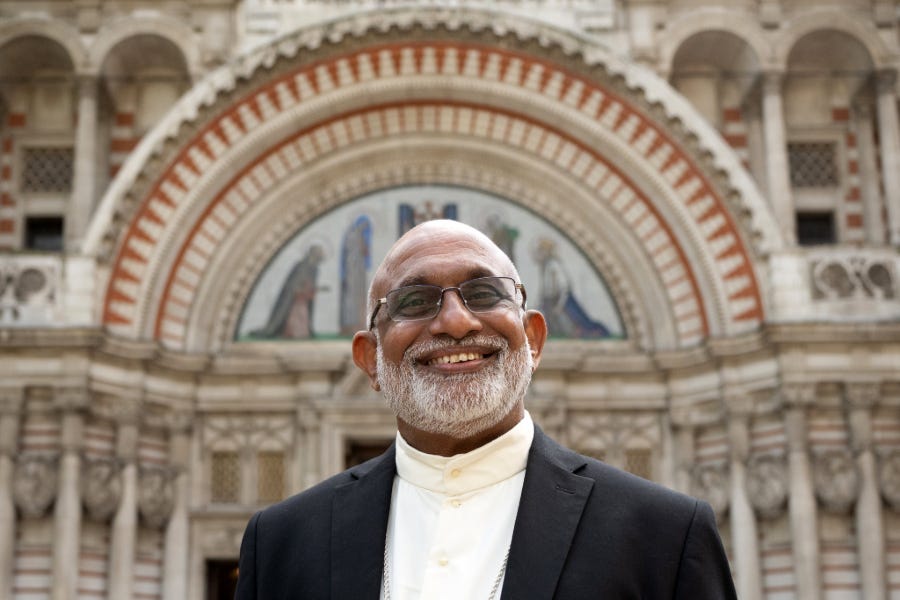Hopes rise for end to Syro-Malabar ‘liturgy war’
Clergy in the Archeparchy of Ernakulam-Angamaly say they have reached an agreement with the hierarchy of the Church
Hopes are rising, again, for a resolution to the decades-long liturgy dispute roiling the Syro-Malabar Catholic Church.

Clergy on the front line of the dispute in India’s Archeparchy of Ernakulam-Angamaly say they h…
